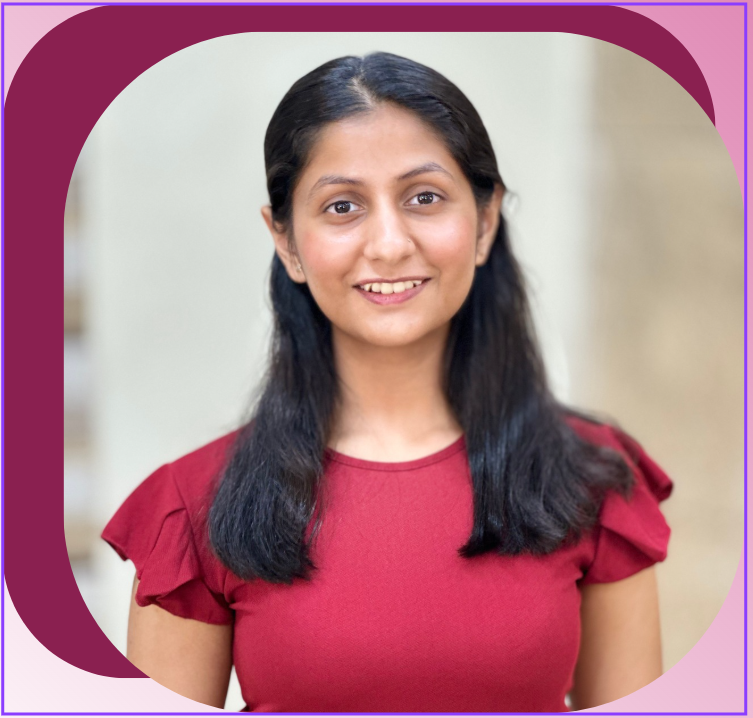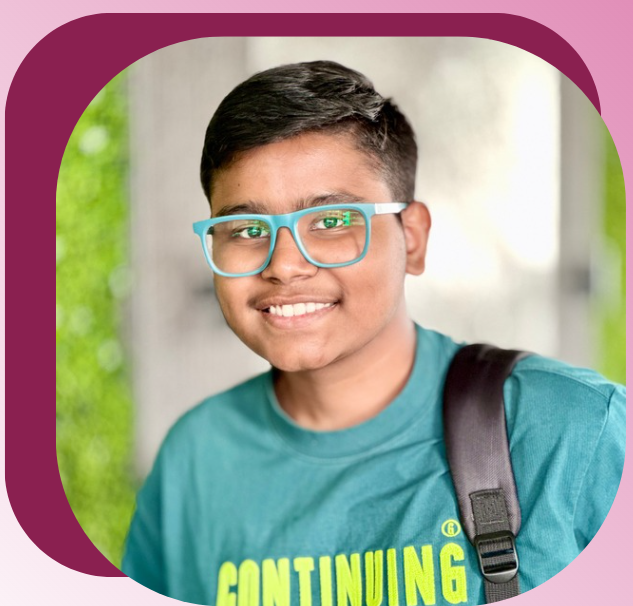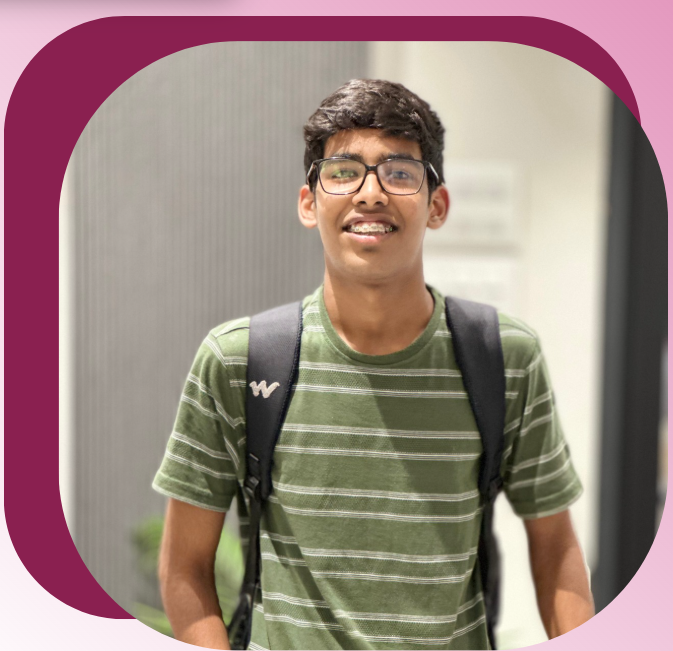


Gen Z without an iced coffee is like a lion without a mane. The two co-exist in an ecosystem beyond human comparison. The only outside force that dares to disrupt (or rather, enhance) this symbiotic relationship is Instagram and the posts Gen Z uploads every time they see something even remotely aesthetic. It seems to be more of something you would notice in a nature documentary, right? The camera zooms in on an oblivious animal going about its life in the wild. And it kind of is. When you think about it, Gen Z is no different. Look up from your phone, and maybe you'll notice it too. The young boys and girls are on their phones with iced coffee in hand, content with their situation.
Trust me, there's more to this than me slandering the love my entire generation has for this drink.
In 2015, a single iced coffee was around ₹150, and if you wanted to drink at a Starbucks, their Classic Iced Coffee (Short, 237 ml) was listed at ₹236.25. And now? It stands at no less than ₹300. If you take the average of 2015, which was approximately ₹162, and the very loose figure of 300, you get a whopping 85% hike in prices!
This rise stems from a variety of factors. The major one being inflation, the thing that makes prices rise and wallets empty. Think of it this way: when businesses know people have more money to spend, they increase prices to increase their profits. You may be wondering how inflation affects iced coffee. As the general price level rises across the economy, so do the costs of raw ingredients—milk, coffee beans, sugar, electricity, even paper cups. What once cost ₹150 in 2015 can easily edge toward ₹300–₹350 today, not because the drink changed, but because the value of money shrank.

There are moments in life that don’t just pass—they shape you. For me, joining the IB Career-related Programme (IBCP) after completing IGCSE was one of those moments. It wasn’t just a transition between academic stages; it was a leap into a new version of myself—one more confident, capable, and connected to the real world.
I lacked the ability to express my thoughts confidently in front of people. I wasn’t comfortable taking the lead in team projects. Tools like Canva and PowerPoint felt like challenges rather than creative opportunities. I felt like I had the knowledge, but not the voice or presence to carry it forward.
IBCP changed that. From the first day, the program made it clear—it wasn’t just about subjects, it was about developing skills that matter in the real world. The focus on personal and professional development stood out immediately. We were not just learners; we were treated as future leaders in training.
One of the most significant changes came through public speaking. I still remember the very first time I had to give a short speech in class. My hands were shaking, my heart was pounding, and I barely managed to get through a minute. But the environment was supportive, not judgmental. Week after week, with every opportunity to speak—whether during class presentations, group discussions, or debates—I grew a little more confident. Today, I can stand before a crowd, structure my thoughts, speak clearly, and most importantly, believe in my own words.

In June 2024, I began a journey that would go on to shape not only my academic future but also my personal growth. Enrolling in the International Baccalaureate Career Related Programme (IBCP) at Aspee Nutan Academy, Mumbai has been one of the most transformative decisions of my life. I chose IBCP because it offered more than just academics. It gave me clarity about who I am and what I want to become. The program helped me realize my passion for business and sharpened my career goals. One of the most valuable aspects of IBCP is its focus on real world professional skills which are often missing from traditional education. It also encourages international mindedness, communication, and critical thinking which are essential in today’s global world. My DP subjects include Economics, English, and Mathematics, while the Career Related Studies (CRS) subjects are Accounts, Management, Marketing, and Human Resource Management. The combination of these subjects helps me understand business deeply and practically. But the journey wasn’t easy in the beginning. Time management was a big struggle. There were days when I couldn't complete assignments on time and had to sacrifice sleep to keep up with the work. Although parts of the curriculum felt familiar because of my ICSE background, the IBCP workload and structure pushed me to be more consistent and disciplined. One of the best parts of this program has been the exposure through field experiences. At Anant University in Gujarat, I learned about 3D printing and sustainable methods like Tataki zome, a fabric printing technique that saves up to 4000 litres of water per t shirt. Later, at Navsari Agricultural University, I took part in a 3 day program on sustainable agriculture. I was amazed to learn how banana stems can be used to make chocolate, cardboard, and fabric. I also discovered there are many different types of honey, which was completely new to me.